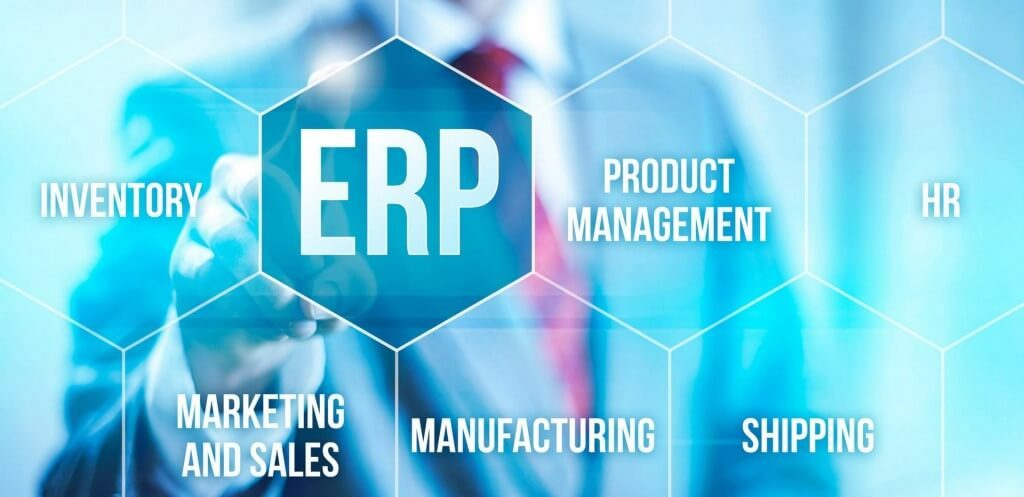
In today’s fast-paced business landscape, staying competitive and efficient is vital for success. One way to achieve this is by implementing Enterprise Resource Planning (ERP) software. ERP software development has revolutionized how businesses manage their operations, streamline processes, and enhance decision-making. However, as a business owner, navigating the implementation of ERP software can be a daunting task. To help you make a smooth transition, we’ve compiled ten essential tips to guide you through the process.
Set Clear Objectives:
Before diving into ERP software development, establish clear objectives for your business. Identify the specific problems or challenges you want to address with the software. Keep in mind that your objectives should be specific, measurable, achievable, relevant, and time-bound (SMART). This framework ensures that your goals are well-defined and that you can track your progress effectively. Having a well-defined roadmap will help you choose the right ERP solution and ensure that it aligns with your business goals.
Involve Key Stakeholders:
Successful ERP implementation requires the involvement of key stakeholders, including department heads, managers, and end-users. Engage them early in the process to gather input, identify pain points, and ensure that the ERP system meets their needs. Their buy-in is crucial for a successful rollout.
By involving stakeholders early, you can identify potential challenges or resistance points. By addressing these issues proactively, you can mitigate risks and make informed decisions throughout the ERP software development and implementation stages. Ultimately, the collaboration between key stakeholders and your project team will contribute to a more efficient and effective ERP implementation process.
Choose the Right ERP Solution:
Not all ERP software is created equal. Research and select a solution that best fits your business size, industry, and requirements. Consider factors like scalability, customization options, and integration capabilities. Lastly, when exploring ERP software development companies, prioritize those with a strong track record in your industry. Their expertise and industry-specific knowledge can significantly contribute to the success of your ERP implementation.
Plan Thoroughly:
Planning is the cornerstone of ERP implementation. Develop a comprehensive project plan that outlines timelines, milestones, and responsibilities. Be realistic about the time and resources required, and allocate a dedicated project team to oversee the implementation process.
Additionally, consider assembling a dedicated project team to oversee the implementation process. Having a core team responsible for managing the project ensures that everyone is on the same page and accountable for their tasks. This collaborative approach helps in the efficient execution of the plan and minimizes the chances of miscommunication or oversight.
Data Management:
Data migration and management are critical aspects of ERP software development. Ensure that your existing data is clean, accurate, and compatible with the new system. Establish data mapping processes and backup strategies to prevent data loss during migration. By paying meticulous attention to data management, you can avoid common pitfalls associated with ERP implementation and ensure a seamless transition.
User Training:
Invest in training programs for your employees to ensure they are proficient in using the ERP software. A well-trained workforce will maximize the benefits of the system and reduce the learning curve. Offer ongoing training and support to keep your team up to speed. This continuous learning approach ensures that your team can harness the full potential of the ERP system, leading to improved productivity and better outcomes for your business.
Customization and Integration:
Tailor the ERP system to your specific business needs. Leverage customization options to align the software with your processes and workflows. Additionally, prioritize seamless integration with existing software applications to enhance data flow and accessibility. This synergy between systems streamlines operations, minimizes redundancy, and promotes more efficient decision-making.
Remember that customization and integration are ongoing processes. Regularly review and update your ERP system to accommodate changing business requirements and to take advantage of new features and technologies. This dynamic approach ensures that your ERP solution remains a valuable asset that grows with your business.
Testing and Quality Assurance:
Rigorous testing and quality assurance are vital to identify and address any issues or bugs before going live. Testing and quality assurance are non-negotiable steps in the ERP software implementation process. During the testing phase, it’s crucial to involve representatives from different departments and scenarios within your organization. This holistic approach allows you to evaluate how the ERP system performs under various conditions and usage scenarios.
Quality assurance should be an ongoing commitment even after the ERP system is up and running. Regularly monitor its performance, gather feedback from users, and make necessary adjustments to optimize its efficiency. This proactive approach ensures that your ERP solution remains a valuable asset that continues to meet your business needs over time.
Change Management:
Understand that ERP implementation brings about significant changes in your organization. Implement a change management strategy to ease the transition, communicate changes effectively, and address concerns and resistance among employees.
Continuous Improvement:
ERP software development is an ongoing journey. Continuously evaluate the system’s performance and gather feedback from users. Stay updated with software updates and enhancements offered by the ERP provider to optimize your operations further.
Conclusion:
In conclusion, implementing ERP software as a business owner can be a transformative step towards enhancing your company’s efficiency and competitiveness. By setting clear objectives, involving stakeholders, and following these ten tips, you can navigate the ERP implementation process successfully and unlock the full potential of this powerful tool for your business.